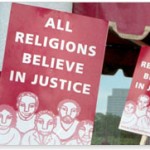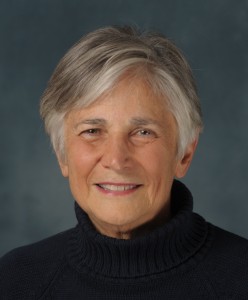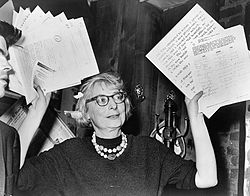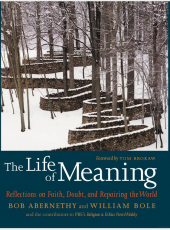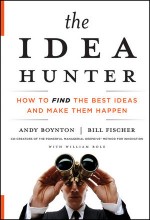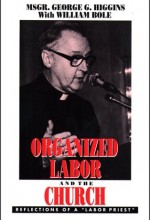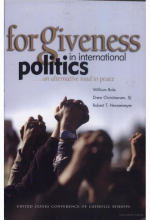Gratitude is a feeling, but even more, it’s a response. That’s how the late William Sloane Coffin limned it in an interview he gave to my friend and colleague Bob Abernethy—adapted as an essay for our 2007 book The Life of Meaning: Reflections on Faith, Doubt, and Repairing the World. Here’s a portion of those remarks.
I’m convinced that gratitude is the most important religious emotion. Duty calls only when gratitude fails to prompt. When you’re grateful for the undeserved beauty of a cloudless sky, you’re praying. You’re saying, “Thank you, Lord,” praying all the time about the beauty of nature, the beauty of the deeds some people do. In World War II, occasionally a soldier fell on a grenade there was no time to throw back. Well, you could be absolutely appalled by their deaths, but you could be struck by the beauty of selfless courage.
I feel grateful all the time, so my prayers of thanksgiving are very full. I don’t tell God what to do, but thinking about other people and trying to think what God would think about them is a way of directing my thoughts to other people. I pray for world peace, but not, “Grant us peace in our time, O Lord.” God must say, “Oh, come off it. What are you going to do for peace, for heaven’s sake?”
A lot of people think their prayers aren’t answered. They are answered; the answer is no, and they haven’t heard it. I don’t think you have to be self-conscious about your prayer life. You can just live in wonder and gratitude and with a sense of wanting to respond—responsible means “respond-able,” able to respond. If you’re able to respond to the beauty of nature, you’ll be an environmentalist. If you’re able to respond to human beings’ basic right to peace, you’ll be a peacenik. It’s a matter of being full of wonder, thanksgiving, and praying for strength to respond to all the wonder and beauty there is in human life.
Bob Abernethy’s original PBS interview with Coffin can be read in full here. …read more
